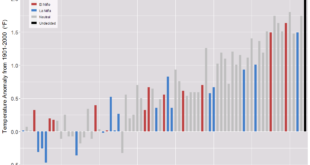 EPI has the answer in the post Separate is still unequal: How patterns of occupational segregation impact pay for black women by Madison Matthews and Valerie Wilson (8/6/2018).
EPI has the answer in the post Separate is still unequal: How patterns of occupational segregation impact pay for black women by Madison Matthews and Valerie Wilson (8/6/2018).
On average, in 2017, black women workers were paid only 66 cents on the dollar relative to non-Hispanic white men, even after controlling for education, years of experience, and geographic location. A previous blog post dispels many of the myths behind why this pay gap exists, including the idea that the gap would be closed by black women getting more education or choosing higher paying jobs. In fact, black women earn less than white men at every level of education and even when they work in the same occupation. But even if changing jobs were an effective way to close the pay gap black women face—and it isn’t—more than half would need to change jobs in order to achieve occupational equity.
Along with the graph copied here, there is a time series from 2000 to 2016 of the Duncan Segregation Index:
the “Duncan Segregation Index” (DSI) for black women and white men, overall and by education, based on individual occupation data from the American Community Survey (ACS). This is a common measure of occupational segregation, which, in this case identifies what percentage of working black women (or white men) would need to change jobs in order for black women and white men to be fully integrated across occupations.
Data is available for both graphs.
